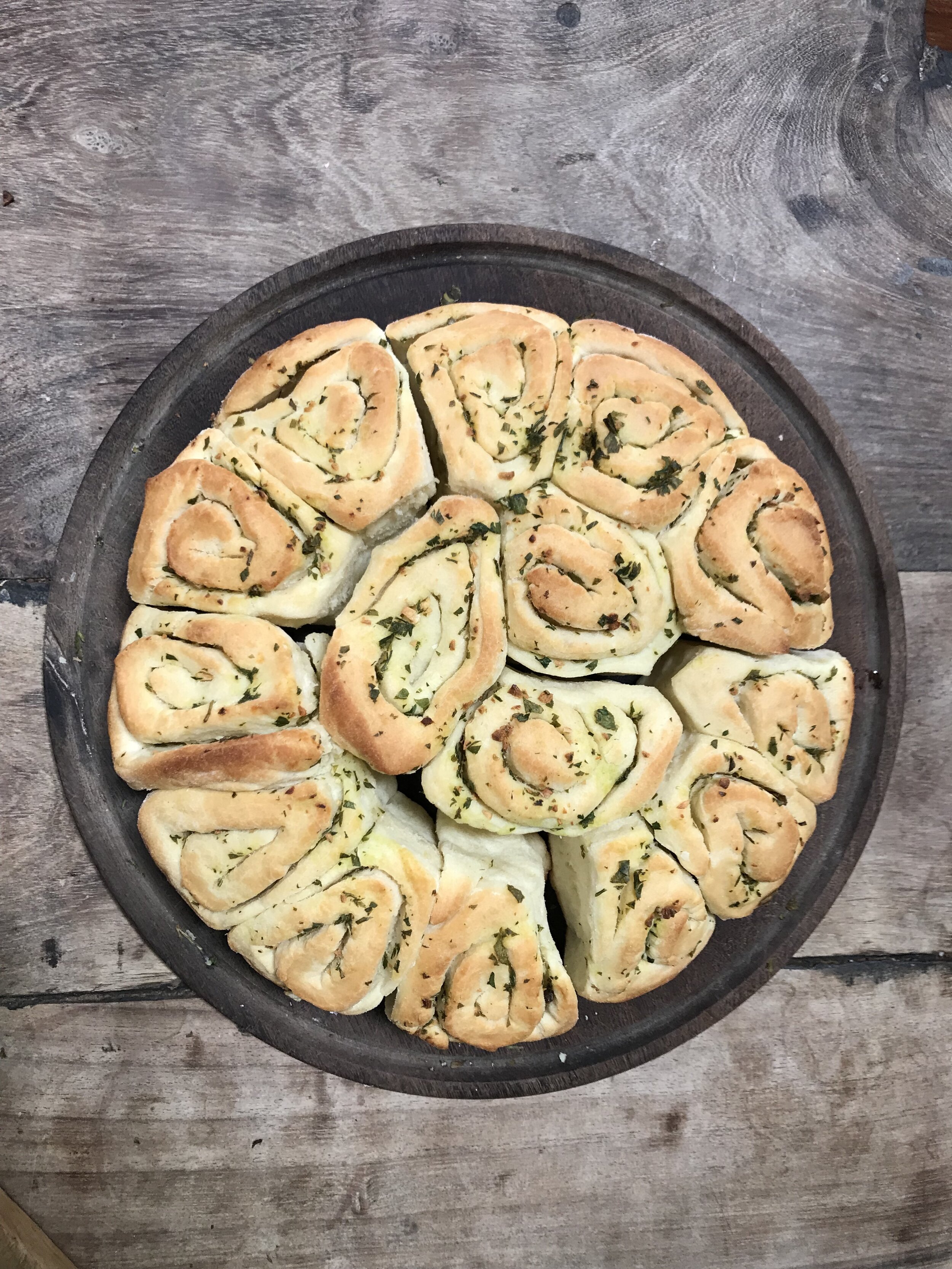Here in Argentina, summer is almost upon us and one of our favourite lunchtime meals is Choripan. Arriving at our cattle station, Chiviquin, the smell of wood burning and the distinct sound of sausages grilling the gauchos are cooking lunch. Choripan is an Argentine street food staple, cooked on the 7 Fuegos or a hot grill plate and served in crusty french bread with a vast array of condiments.
Traditionally an Argentine chorizo which is more like an English or US sausage made of a combination of pork, beef and pork fat is sandwiched with crusty french bread, tomato and lettuce, then topped with a varied combination of condiments including chimichurri.







































